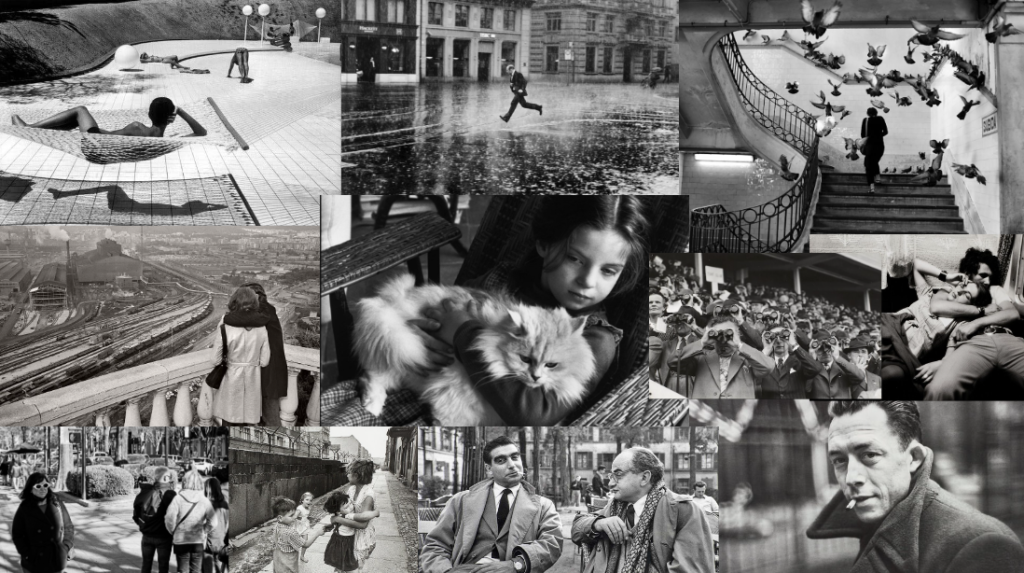
Introduction
Henri Cartier Bresson was born into a wealthy family in France and was introduced to forms of art at an early age. At first Bresson was drawn to painting, however once discovering photography he developed a larger passion for taking photographs. He viewed photography as an extension of drawing, as well as an extension of his eye.

Bresson felt as if a camera enabled him to connect with the world and in his earlier years he travelled extensively, visiting places from Europe to Africa, this enabled him to connect with the world and absorb various cultures.
Bresson captured the movement of people through the world. He was a humanist photographer who is often described as a master of candid photography, where the subject is often unaware the photo is being taken and they are not posing. Bresson looks for the perfect moment using his heart to find things which connect humanity. He described his approach to photography as hunting as he was constantly looking and waiting for the perfect moment to capture, like an animal searching for prey.
His camera:
Henri Cartier Bresson was known for using a Leica rangefinder with a 50mm lens. Leica rangefinders were seen as a revolutionary tool, especially during Bresson’s time, and they were a huge step forward in the world of photography. These cameras were compact, reliable, and their design was more discreet compared to the other larger cameras of this era, this meant they were a great tool for Bresson as it enabled him to take more photos without the subject being aware. These cameras were an essential development for street photography as they had a quick and unobtrusive shooting style. Another reason why Bresson favoured the Leica rangefinder is due to their stealthy nature.
The Decisive Moment:

The Decisive Moment (Images à la Sauvette in French) is one of the greatest photography books ever published. It brings together photographs from the first twenty years of Henri Cartier-Bresson’s career. The book was published in 1952 by Verve, with an original cover by Matisse. It was the result of a collaboration between the photographer, the famous art critic and publisher Tériade, and the painter, at the peak of his career. The American version, published the same year by Simon and Schuster, was the first to introduce the now-famous expression “decisive moment.” It reveals the intrinsic duality of Henri Cartier-Bresson’s work, the combination of intimate interpretation with documentary observation, received tremendous critical acclaim within the art world and is considered a “bible for photographers,” in the words of photographer Robert Capa. It remains an essential reference for photographers to this day. The original book, now out of print, has become a collector’s item. Henri Cartier-Bresson aimed to make this classic photography book accessible again, in a smaller and practical format, at an affordable price.
Analysis:

This black and white image by Henri Cartier Bresson contains leading lines which guide the viewers eyes to the figure who is jumping. The silhouette of the figure in the reflection in the puddle creates a sense of balance with the tower that is in the background as they are in opposite corners and almost symmetrical. The outer frame contains a negative space which allows the detail within the inner frame to have space to breath.
